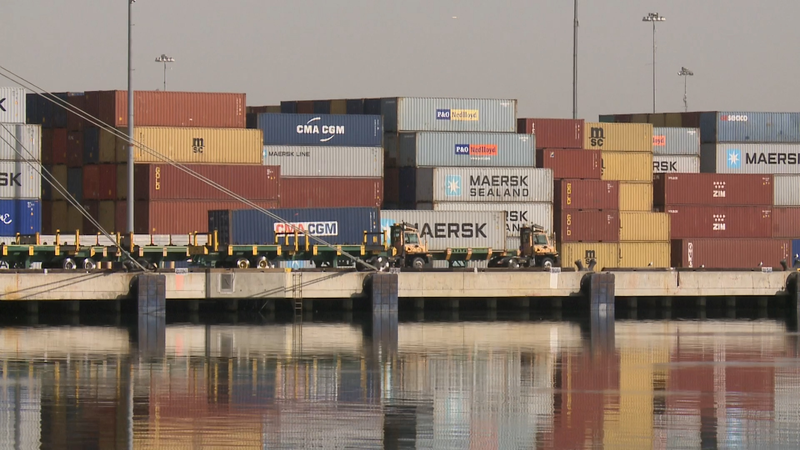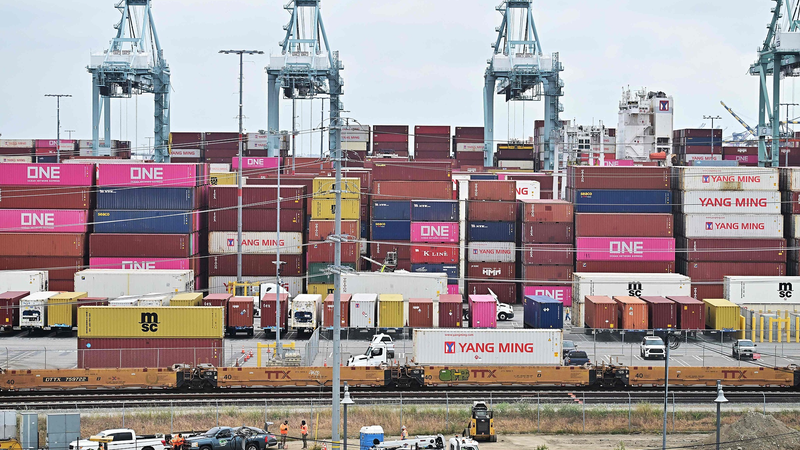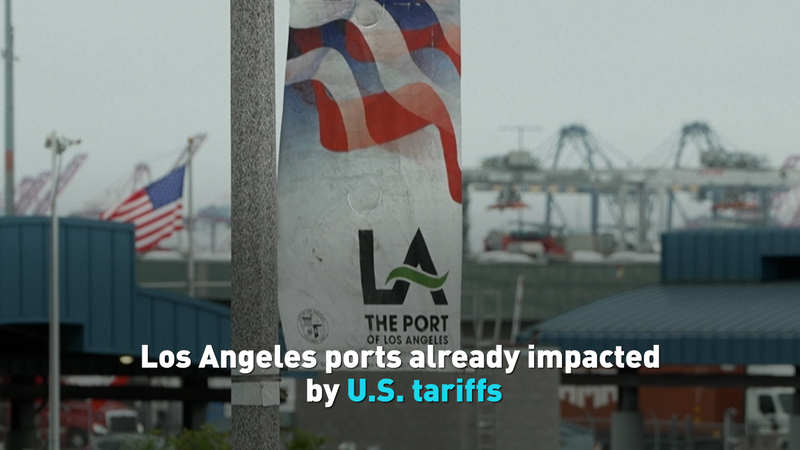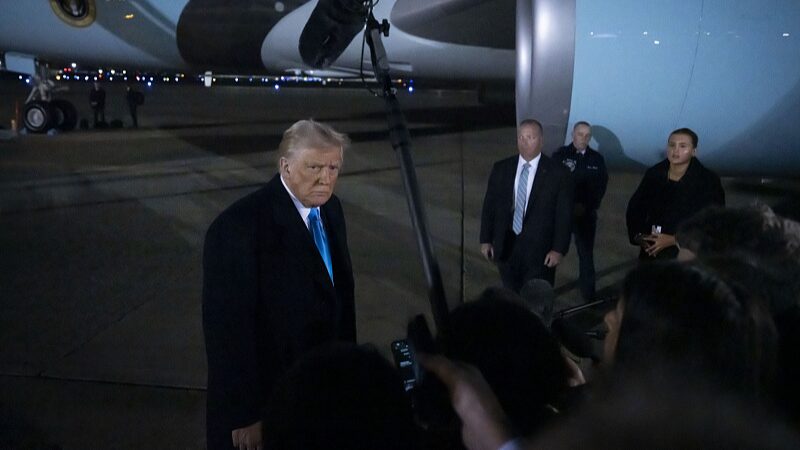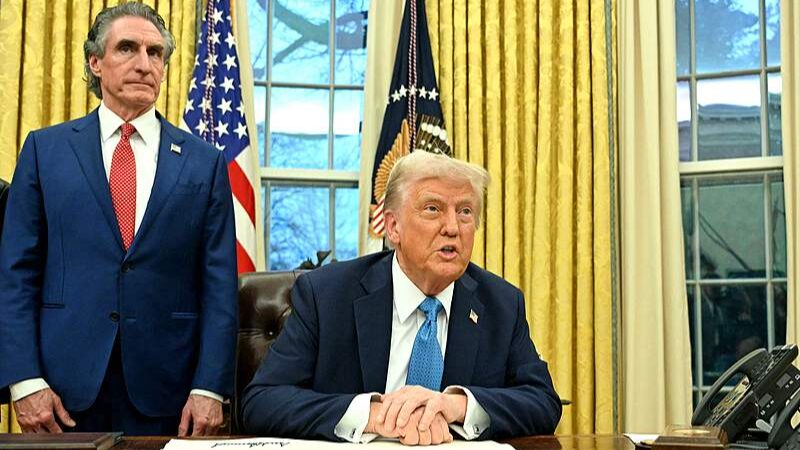The escalating global trade war is already triggering seismic shifts in international commerce, with analysts projecting a sharp decline in trade volumes across key sectors. Economists warn that persistent tariffs and geopolitical friction could reduce global GDP growth by up to 0.8% this year, disproportionately affecting manufacturing hubs and technology supply chains concentrated in Asia.
At the Port of Los Angeles, a critical gateway for trans-Pacific trade, container traffic fell 14% year-on-year last quarter. “We’re seeing rerouted shipments and delayed orders,” said Ediz Tiyansan, a trade analyst tracking the disruptions. “South Korean semiconductor exports to the Chinese mainland dropped 18% in June alone, while Vietnam’s textile sector faces canceled contracts worth $2.3 billion.”
Asian economies are responding with diversification strategies. Thailand recently signed a currency-swap pact with Indonesia to reduce USD reliance, while businesses in India’s Gujarat state report surging demand from European clients pivoting from traditional suppliers. Meanwhile, the ASEAN bloc is accelerating talks for a unified digital trade platform to streamline regional commerce.
For investors, the turbulence has created unexpected opportunities. Renewable energy partnerships between Central Asian nations and Middle Eastern funds surged 37% this quarter, signaling strategic realignments in green technology sectors. “Companies that adapt quickly to new trade corridors will thrive,” noted a Singapore-based venture capitalist specializing in cross-border tech ventures.
Reference(s):
cgtn.com
